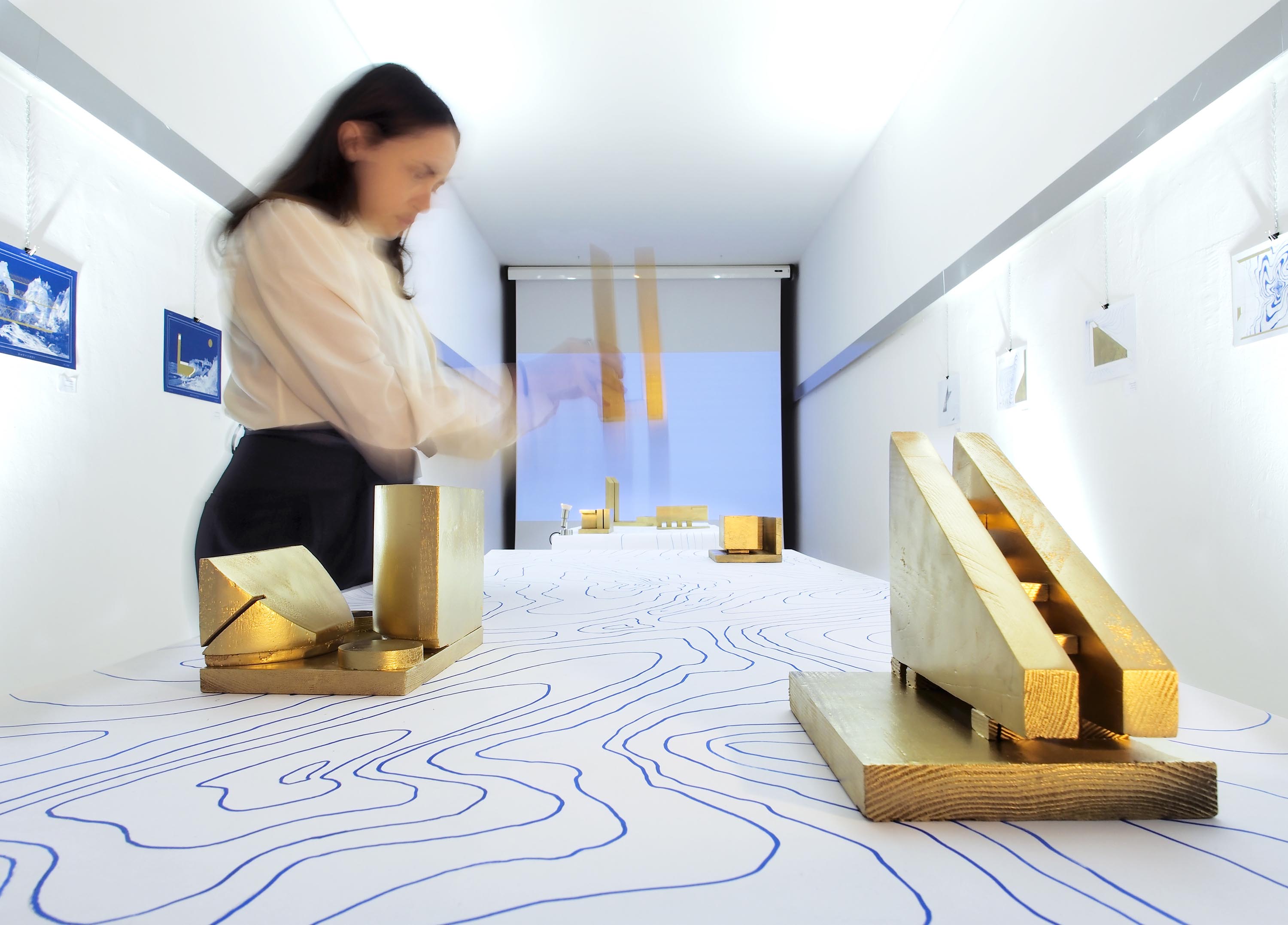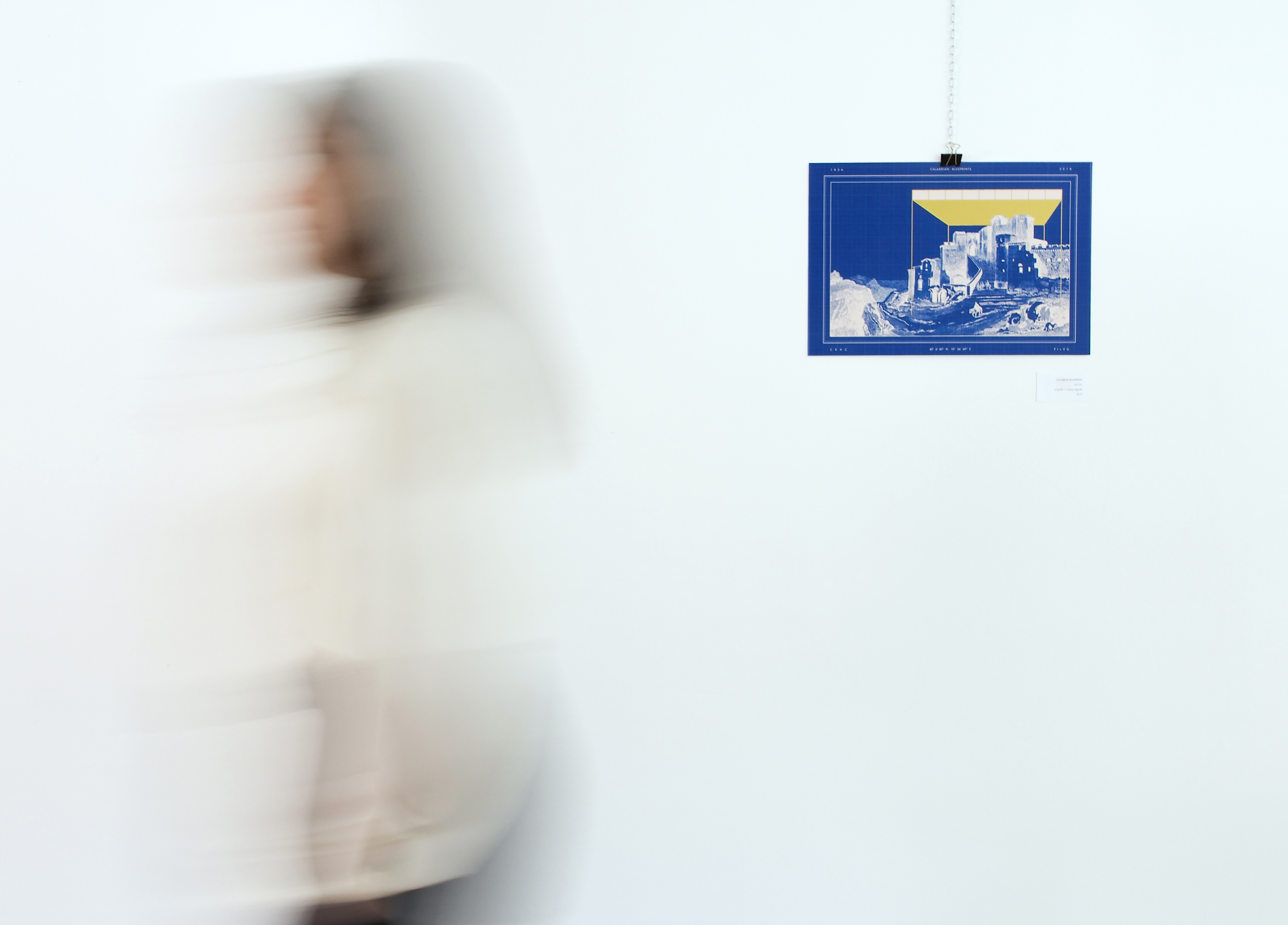ITA Il territorio calabrese, da sempre, è stato meta ambita negli itinerari dei viaggiatori provenienti da tutta Europa per testimoniare un paesaggio incantato, a tratti romantico. Se il secolo dei Lumi ha ridefinito il senso del Grand Tour nel meridione, l’Ottocento invece ha sostituito il mito classico con la miseria e l’arretratezza, l’incanto con i paesaggi drammatici ed il pericolo di una terra violenta. La Calabria che conosciamo oggi ha mantenuto il suo carattere introverso, poco incline ad essere compreso. Il suo territorio, molto particolare, si compone su diversi tipi di paesaggio, dalla montagna alla collina fino al mare, il tutto concentrato in pochi chilometri. Negli anni ‘60 la realizzazione dell’autostrada Salerno - Reggio Calabria e il potenziamento della rete ferroviaria calabrese, ha contribuito ad alleviare l’isolamento della regione, chiamata anche “La Terza Isola” per la sua storica disconnessione con il resto della penisola. Tuttavia questo ha dato il via ad una esplosione incontrollata di costruzioni, dall’entroterra fino alla costa, visibili ancora oggi, che ne hanno alterato le caratteristiche, riscrivendo il comportamento sociale della comunità rispetto al territorio. Negli anni l’immagine di monti, foreste, coste, piane e valli si è irrimediabilmente fusa con viadotti, trafori, pale eoliche, dighe, porti, ponti e tralicci. Il risultato è una nuova visione del paesaggio calabrese che tiene conto di questi elementi, e si identifica con essi. Il rapporto tra natura e architettura è ormai indissolubile, andando a declinare un alfabeto di strutture e manufatti caratteristici di questi luoghi. “Calabrian Blueprints” utilizza forme espressive parallele ed eterogenee per raccontare una nuova visione del paesaggio. Una riscrittura del testo del territorio calabrese, sia esso naturale, antropico o immaginario, attraverso l’utilizzo di un alfabeto stilistico fatto di simboli, luoghi, manufatti, memorie e segni in bilico tra utopia e realtà.
ENG Calabrian territory has always been a popular destination among travelers coming from all over Europe to be witness of an enchanted landscape, sometimes romantic. If the Enlightenment century redefined the meaning of the Grand Tour in the south, the nineteenth century, instead, replaced the classic myth with misery and backwardness, the enchantment with dramatic landscapes and the danger of a violent land. Calabria, as known today, has maintained its introverted character, little inclined to be understood. Its territory, very particular, is composed by different types of landscapes: from the mountains to the hills up to the sea, all concentrated in a few kilometers. In the 1960s the construction of Salerno-Reggio Calabria motorway and the upgrading of the Calabrian railway network helped to alleviate the isolation of the region, also called “The Third Island” due to its historic disconnection with the rest of the peninsula. However, this has contributed to an uncontrolled explosion of buildings, from the hinterland to the coast, still visible today, changing its characteristics, rewriting the social behavior of the community towards the territory. Over the years the image of mountains, forests, coasts, plains and valleys has irretrievably merged with viaducts, tunnels, wind turbines, dams, ports, bridges and pylons. The result is a new vision of Calabrian landscape that takes these elements into account, and it identifies with them. The link between nature and architecture is now indissoluble, going to decline an alphabet of structures and artifacts characteristic of these places. “Calabrian Blueprints” uses parallel and heterogeneous expressive forms to tell a new vision of landscapes. A rewriting of the text of Calabrian territory, even natural, anthropic or imaginary, through the use of a stylistic alphabet made of symbols, places, artifacts, memories and signs placed between utopia and reality.
CREDITS
Name: Calabrian Blueprints
Type: Research
Author: Rita Elvira Adamo, Vincenzo Guarini, Pasquale Iaconantonio, Cristina Muto, Salvatore Sart
Year: 2018
ACHIEVEMENTS
Apr 2018 | CBP exhibition #1
Powered by C.R.A.C. Centro di Ricerca per le Arti Contemporanee
C.R.A.C. - Lamezia Terme (CZ), Italy
Nov 2018 | CBP exhibition #2
Powered by La Rivoluzione delle Seppie & London Metropolitan University
Biblioteca Comunale - Belmonte Calabro (CS), Italy
Apr 2019 | CBP exhibition #3
Powered by CAGE, La Rivoluzione delle Seppie & C.R.A.C.
Sinestetica - Roma (RM), Italy
Sep 2019 | CBP exhibition #4
Powered by Materia Indipendent Design Festival
MIDF 2019, Complesso Monumentale del San Giovanni - Catanzaro (CZ), Italy
Oct 2019 | CBP exhibition #5
Powered by MIDF & Simple Fair
Spotted on Materia, Riviera Creative Space - Milano (MI), Italy
Nov 2019 | CBP exhibition #6
Powered by London Metropolitan University
Making a Living Week, Sir John Cass Faculty of Art, Architecture and Design - London, UK
Dec 2020 | CBP exhibition #7
Powered by Graphic Days Torino
Singolare Plurale - Torino (TO), Italy
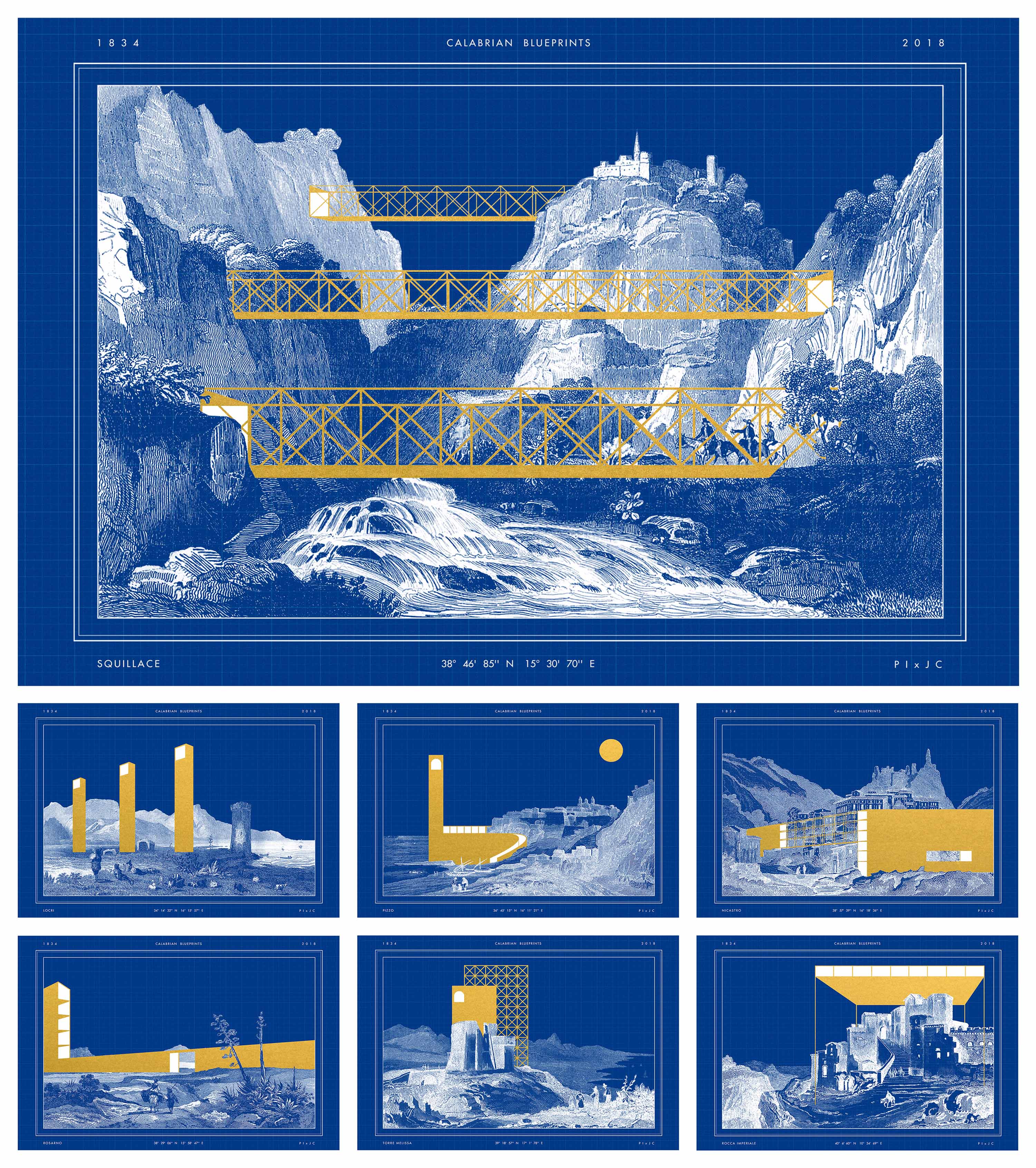
IMAGE
Le incisioni ottocentesche di Jules Coignet raccontano l’aspetto rurale e romantico della Calabria. Queste diventano la base per l’innesto di nuovi manufatti mediante la sovrapposizione di un utopico layer dorato, andando a proporre una rilettura del paesaggio.
The nineteenth-century engravings of Jules Coignet tell the rural and romantic aspect of Calabria. These become the basis for the grafting of new artefacts through the overlap of a golden utopian layer, proposing a reinterpretation of the landscape.

MATERIA
Le incisioni ottocentesche di Jules Coignet raccontano l’aspetto rurale e romantico della Calabria. Queste diventano la base per l’innesto di nuovi manufatti mediante la sovrapposizione di un utopico layer dorato, andando a proporre una rilettura del paesaggio.
The nineteenth-century engravings of Jules Coignet tell the rural and romantic aspect of Calabria. These become the basis for the grafting of new artefacts through the overlap of a golden utopian layer, proposing a reinterpretation of the landscape.
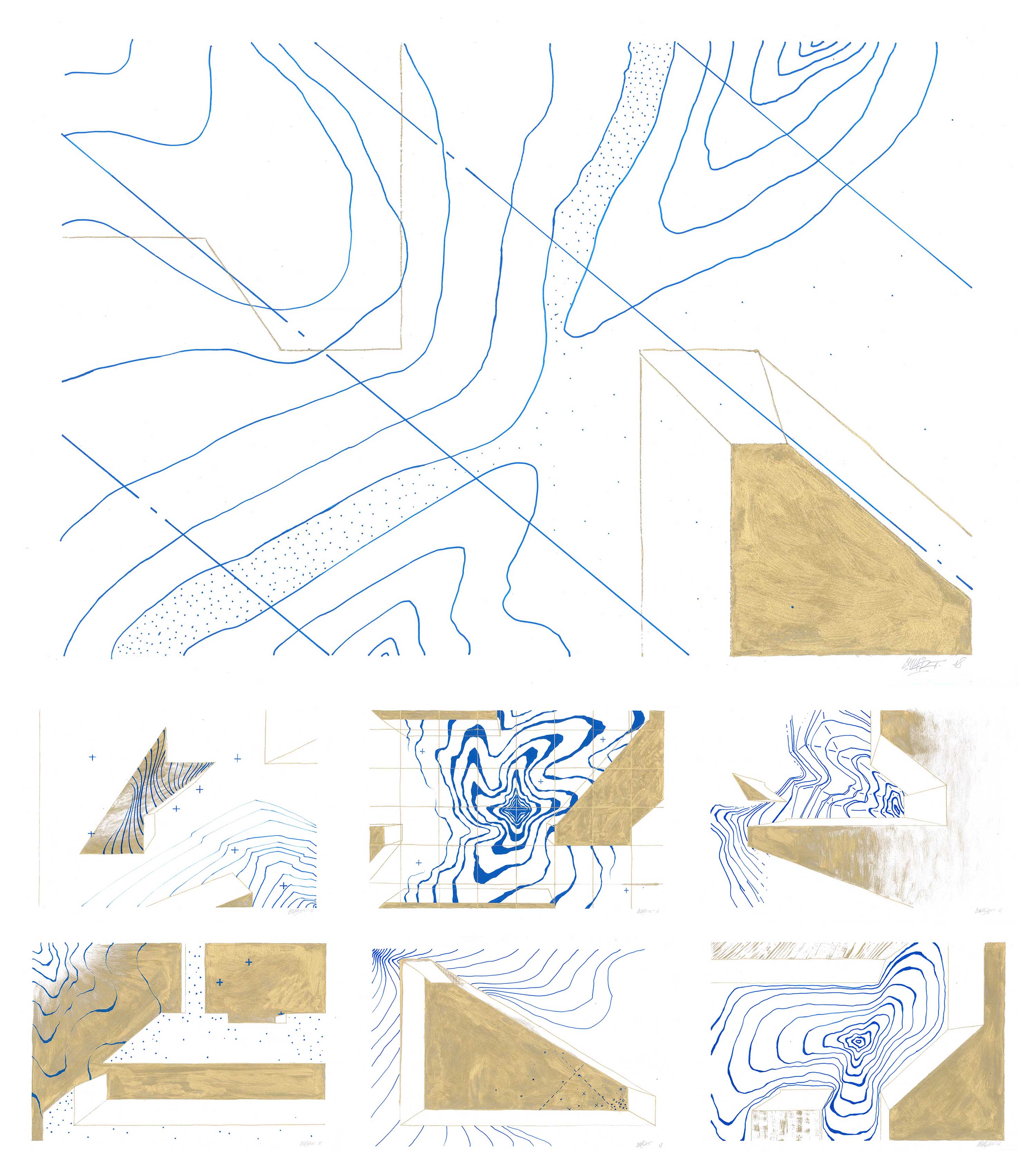
PERCEPTION
Una serie di elaborati, reinterpretazione e sintesi dei blueprint, descrive con un linguaggio astratto pittorico, la percezione più immediata del paesaggio, fino ad arrivare al punto di tradursi in esercizio di stile.
A series of elaborates, reinterpretation and synthesis of blueprints, describe with an abstract pictorial language, the most immediate perception of the landscape, up to the point of being translated into an exercise of style.
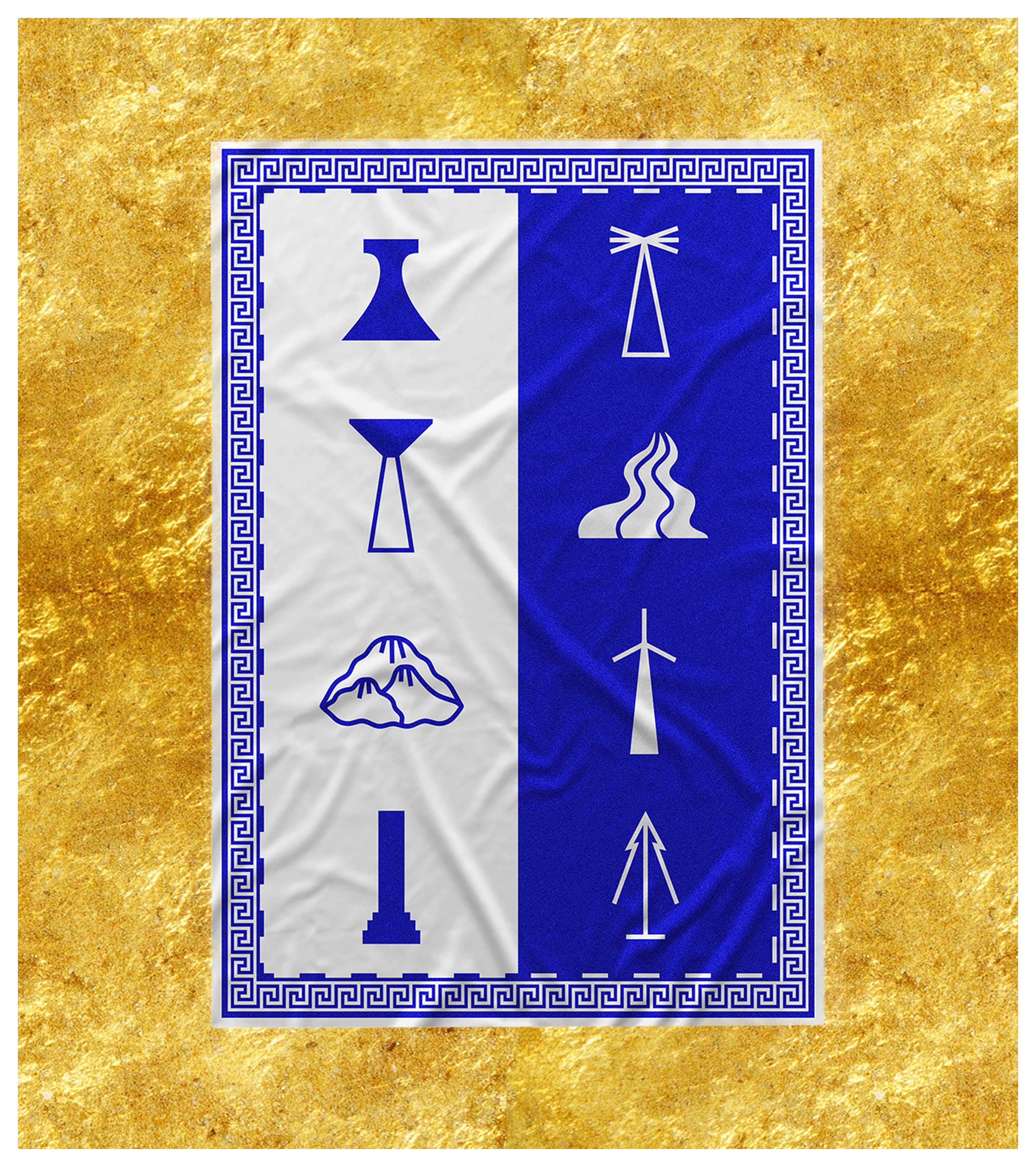
ICONOGRAPHY
L’opera tessile descrive e classifica in parte gli elementi che costituiscono l’alfabeto simbolico delle nuove visioni del paesaggio calabrese. Ogni simbolo ha un sua storia e un suo valore, proponendo nella bandiera una sintesi per una nuova identità territoriale.
The textile work describes and partly classifies the elements that constitute the symbolic alphabet of the new visions of Calabrian landscape. Each symbol has its own history and value, proposing a synthesis in the flag for a new territorial identity.
